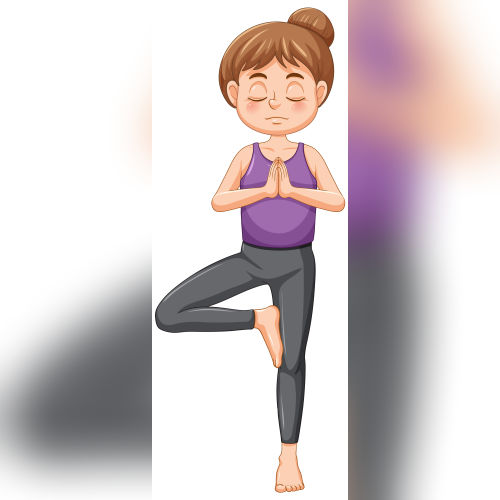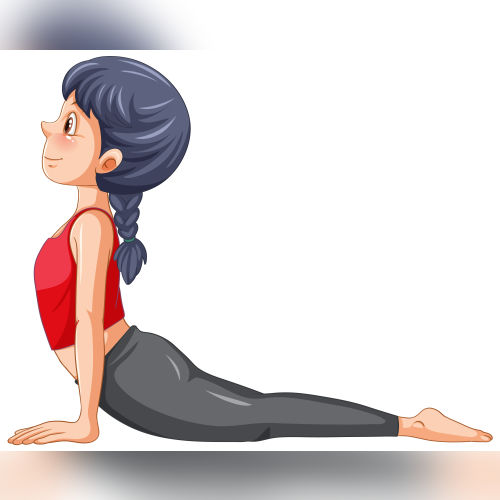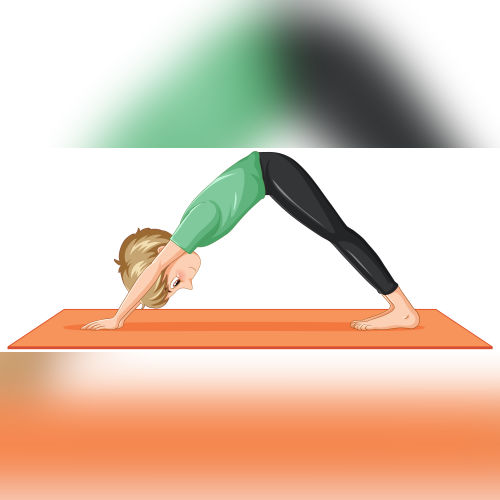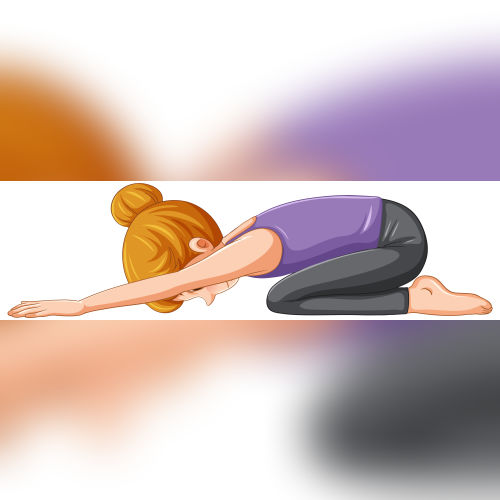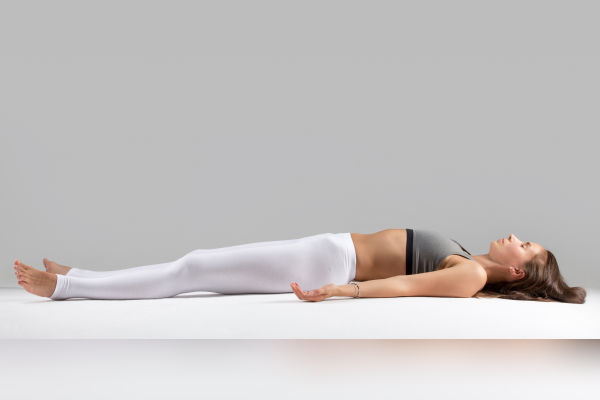10 Best Yoga and Pranayama Techniques for Daily Health and Inner Peace
- June 21, 2025
- Hema Sood
- 12:42 pm
Yoga & Pranayama – The Ultimate Duo for Holistic Wellness
In our fast-paced modern lives, stress, anxiety, fatigue, and poor lifestyle habits take a toll on our well-being.
But get a moment of peace in today’s fast-moving world can feel impossible. But think about it – what if just 20 minutes a day could calm your mind, strengthen your body, and improve your overall health?
That’s the power of Yoga and Pranayama.
These age-old practices don’t require a gym, fancy equipment, or hours of your time. All you need is a quiet corner, a yoga mat, and the desire to get started.
In this guide, we’ll share the 10 most powerful Yoga and Pranayama techniques that you can easily incorporate into your daily routine and become healthier and happier.
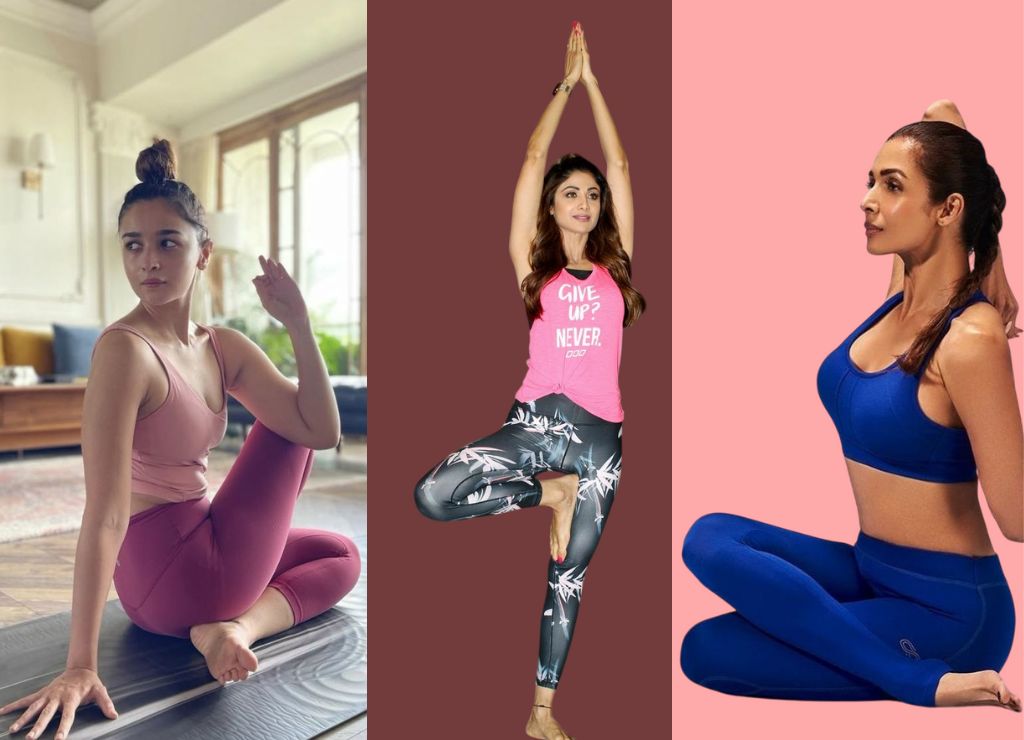
Why You Should Start Practicing Yoga and Pranayama Today
Yoga and Pranayama go beyond just stretching or breathing. They heal your body, calm your nerves, and help you feel balanced—physically, mentally, and emotionally.
Benefits of Daily Yoga and Pranayama Practice:
- Improves flexibility, posture, and strength
- Reduces stress and anxiety
- Boosts energy and mental clarity
- Supports digestion and hormonal balance
- Enhances lung capacity and oxygen flow
Try this Yoga and Pranayama Techniques for Daily Health and Inner Peace
1. Tadasana (Mountain Pose)
This standing pose might look simple, but it’s the perfect starting point in any Yoga & Pranayama routine. It aligns your spine, strengthens your legs, and helps you ground yourself before moving into more complex postures.
How to do it:
- Stand tall with feet together
- Inhale, raise your arms above your head
- Stretch upward and lift your heels
- Hold for 5 breaths
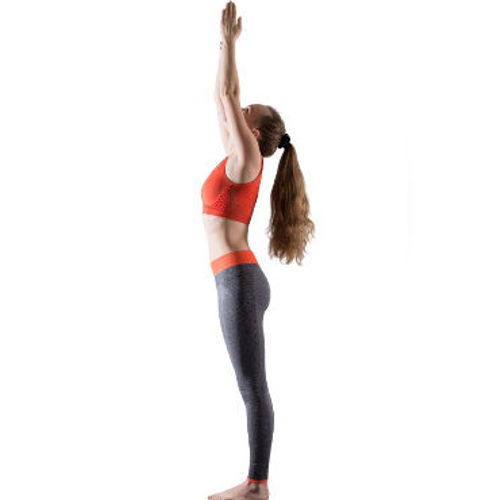
image-credit:freepik
6. Anulom Vilom (Alternate Nostril Breathing)
This powerful Pranayama technique clears your mind and balances both hemispheres of your brain. It’s especially beneficial for people dealing with stress, anxiety, or emotional imbalance.
How to do it:
- Sit comfortably
- Close the right nostril, inhale through the left
- Switch and exhale through the right
- Repeat for 5–10 minutes
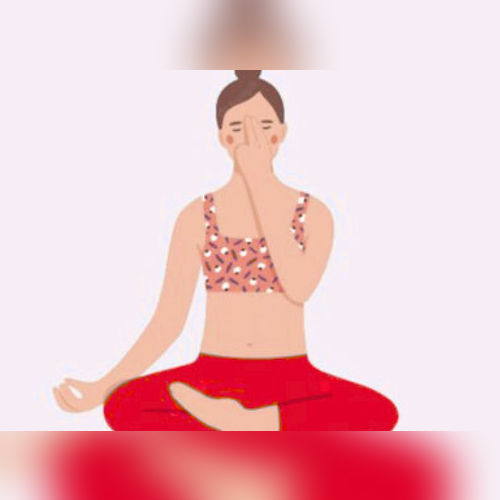
7. Bhramari Pranayama (Bee Breath)
When emotions run high, this technique helps you settle down. The humming sound during exhalation relaxes your brain and heart rate.
How to do it:
- Sit comfortably straight with your eyes closed. Keep a gentle smile on your face.
- Place your index fingers on your ears. There is a cartilage between your cheek and ear. Place your index fingers on the cartilage.
- Take a deep breath in and as you breathe out, gently press the cartilage. You can keep the cartilage pressed or press it in and out with your fingers while making a loud humming sound like a bee.
- You can also make a low-pitched sound but it is a good idea to make a high-pitched one for better results.
- Breathe in again and continue the same pattern 3-4 times.
Tip: Do this before bedtime to sleep better.
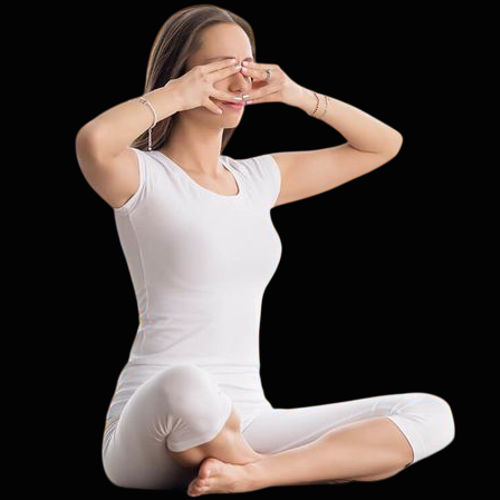
8. Kapalbhati (Skull Shining Breath)
Want to detox and feel instantly energized? This is your secret weapon.
Kapalbhati improves lung function, clears your sinuses, and aids digestion. Just a few minutes a day can help in weight loss and mental focus.
How to do it:
- Sit comfortably in any meditative posture.
- Close the eyes and relax the whole body.
- Take a deep breath in through both nostrils, filling your lungs completely.
- Exhale forcefully through your nose while pulling your navel towards your spine. Your focus should be on the exhalation.
- The inhalation should be passive, happening naturally as you release your abdominal muscles.
- Perform 20 rapid exhalations to complete one round. Gradually, you can increase the count to 60 exhalations per round.
- After each round, relax and breathe normally. Perform up to three rounds as you build stamina.
Note: Skip this if you’re pregnant or have high blood pressure.
Beginner Tips for Success in Yoga and Pranayama
Keep It Simple
You don’t need to master advanced poses. Start small and stay consistent.
Breathe Consciously
Your breath connects the body and mind. In every yoga pose or transition, focus on how you’re breathing.
Practice Daily, Not Perfectly
Even 10 minutes a day is enough to make a difference. Don’t wait for the “perfect time”—start where you are.
Key Takeaways: The Life-Changing Benefits of Yoga and Pranayama
- Combining movement with breathwork helps release physical and emotional tension
- Regular practice enhances self-awareness, mindfulness, and inner calm
- Yoga and Pranayama are suitable for all ages and body types—no flexibility or prior experience required
- With consistency, you’ll feel lighter, calmer, and more balanced every single day
- Starting a Yoga and Pranayama routine may feel intimidating at first—but remember, it’s not about touching your toes or holding your breath perfectly. It’s about showing up for yourself daily.
- Even the smallest step, like 5 minutes of mindful breathing or a basic pose, creates lasting change in your energy, health, and mindset.
- So roll out your mat. Sit down. Take a deep breath.
You’ve already begun
FAQs
Yes, especially calming poses and breathing techniques to promote better sleep.
Absolutely. Yoga is for everyone. Flexibility will improve with time.
Yes, start with beginner-friendly poses and breathing exercises.
Absolutely! Techniques like Anulom Vilom and Bhramari are especially effective.
Traditionally, pranayama is done after yoga, followed by meditation or Shavasana.

